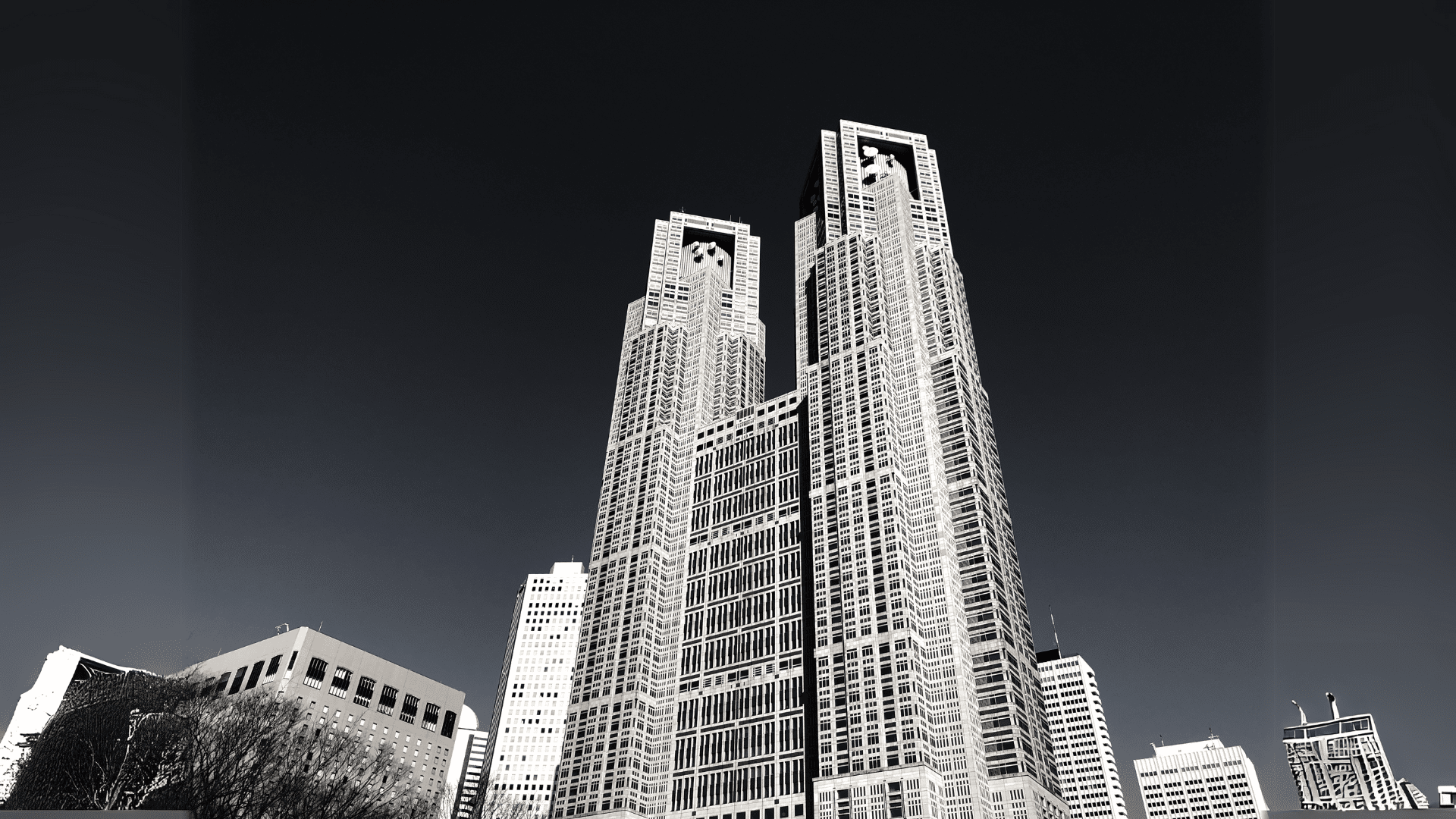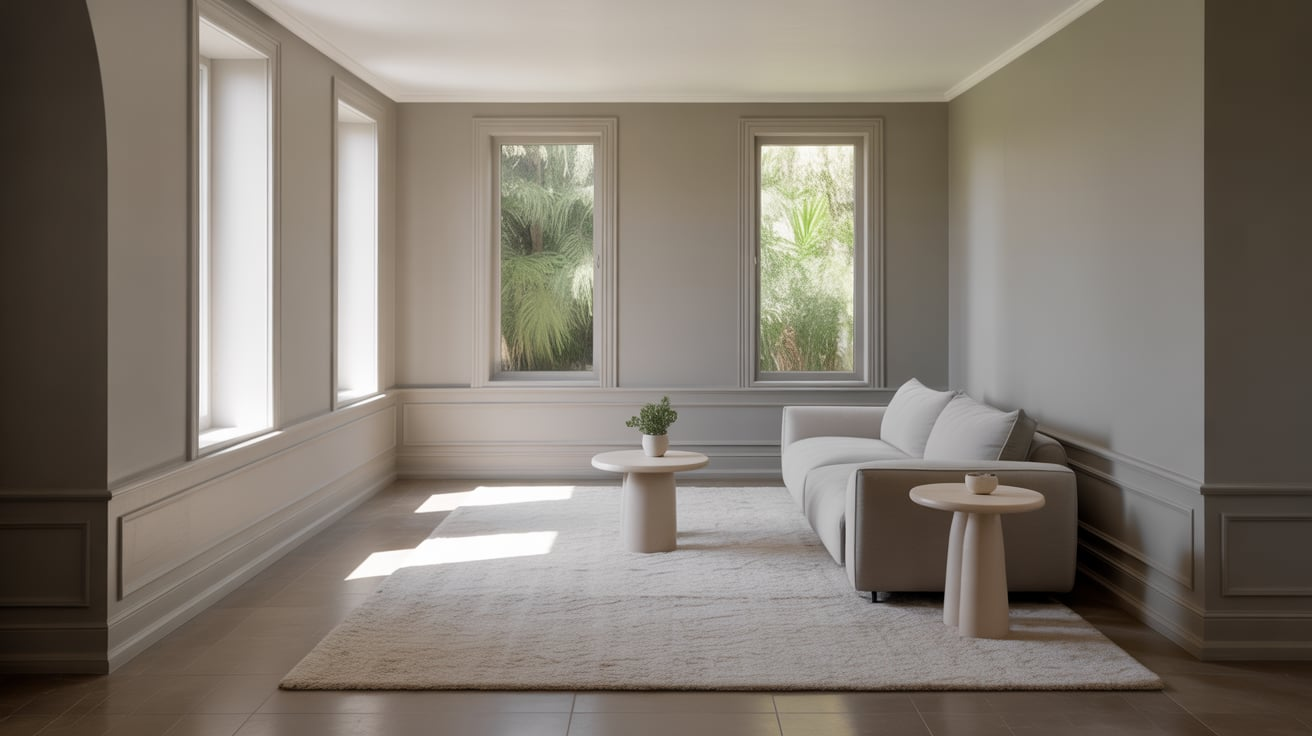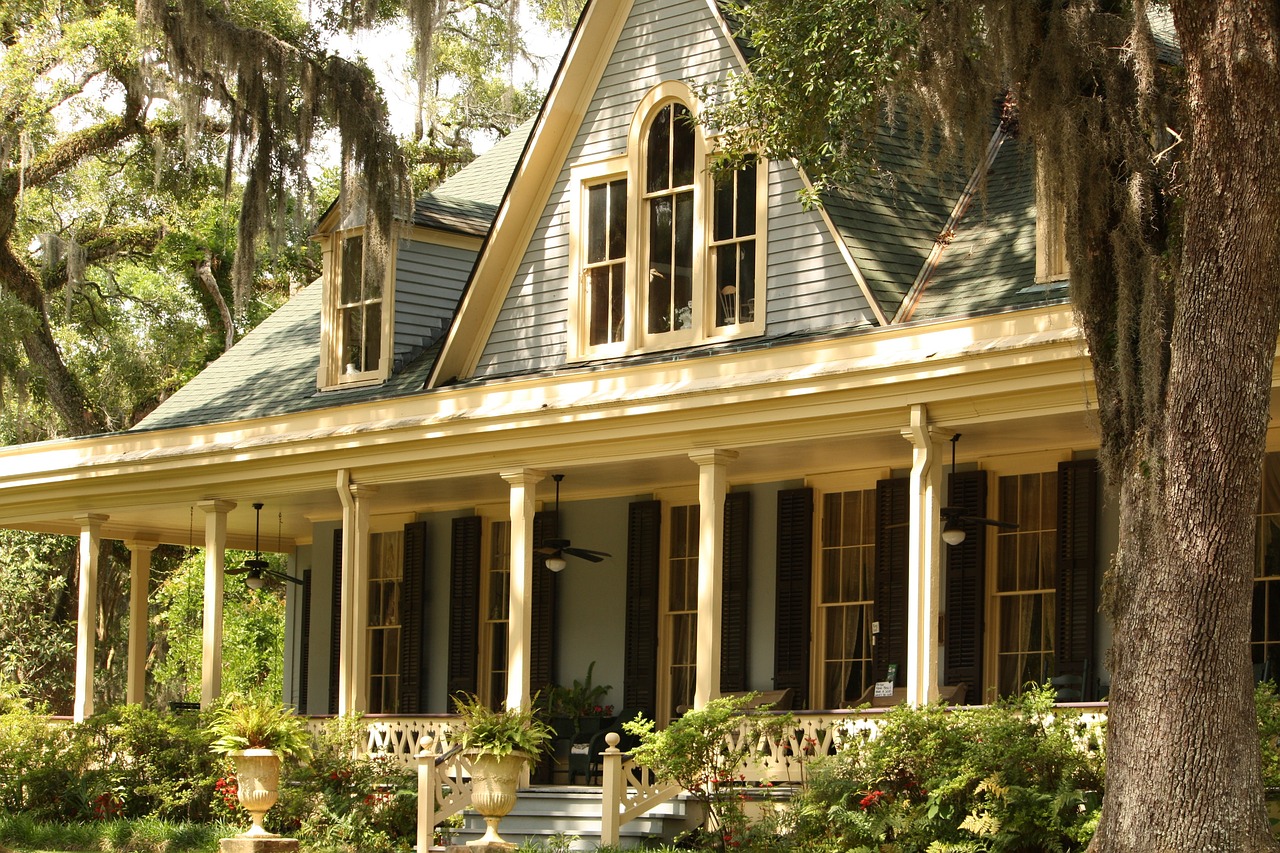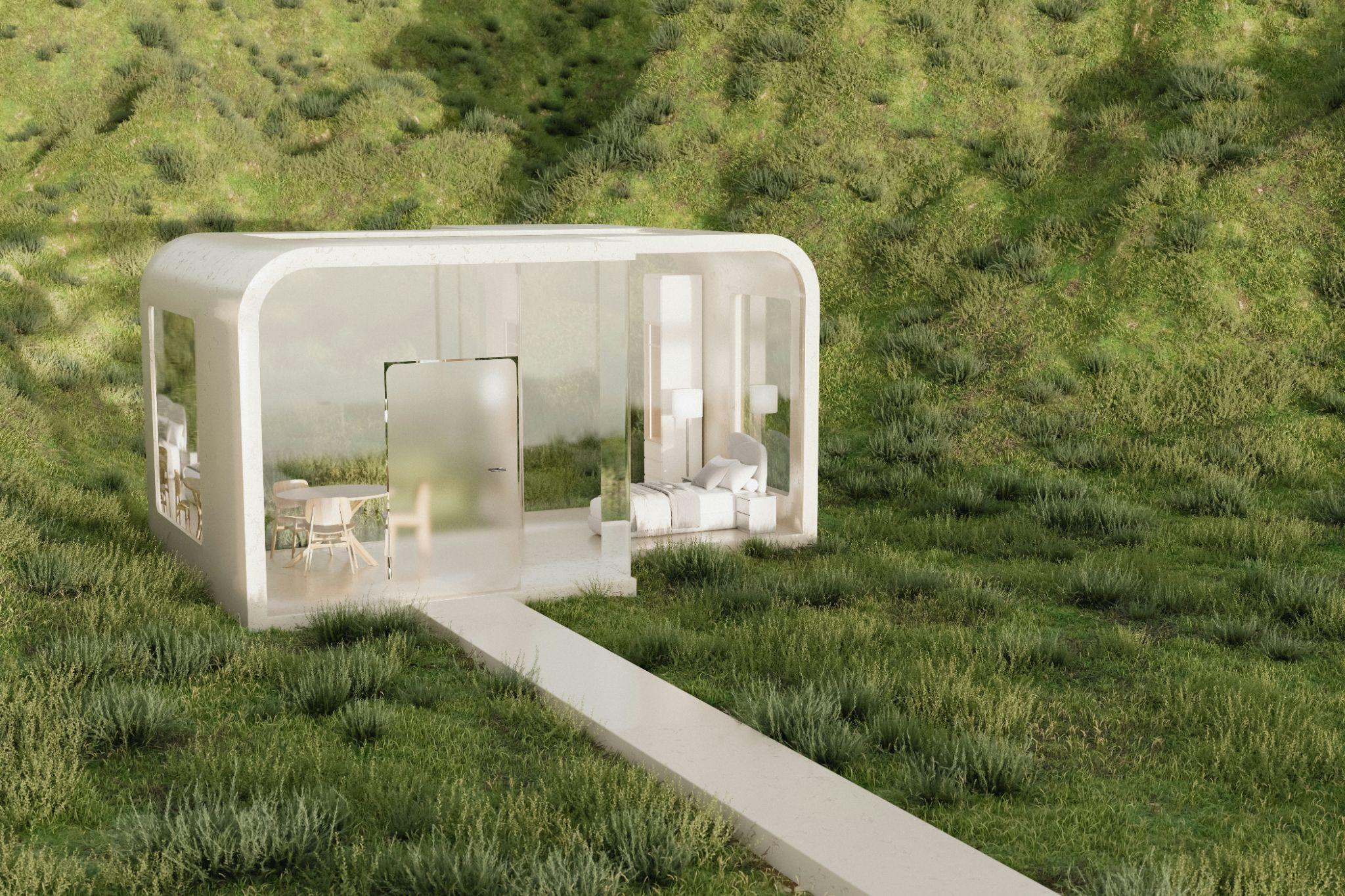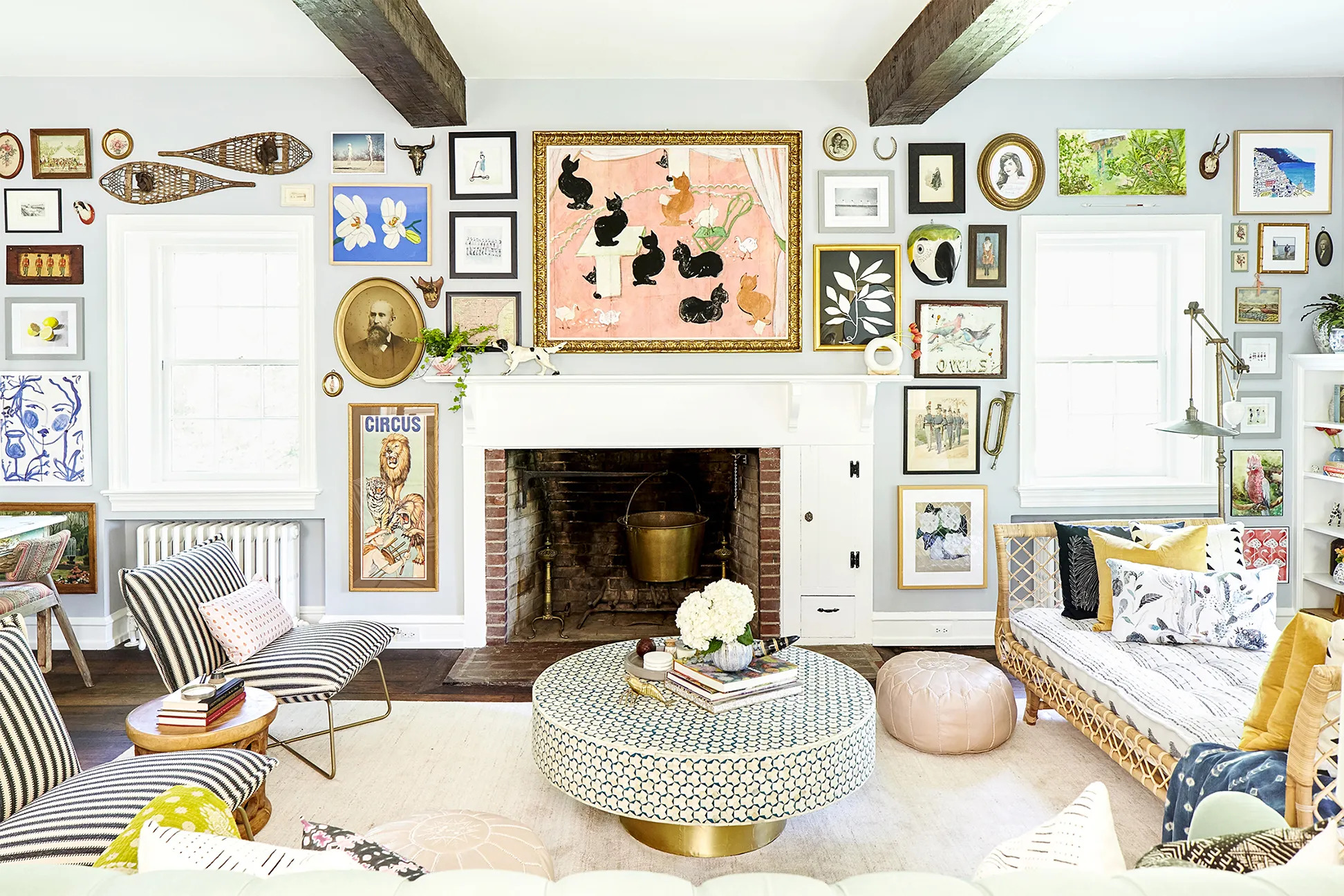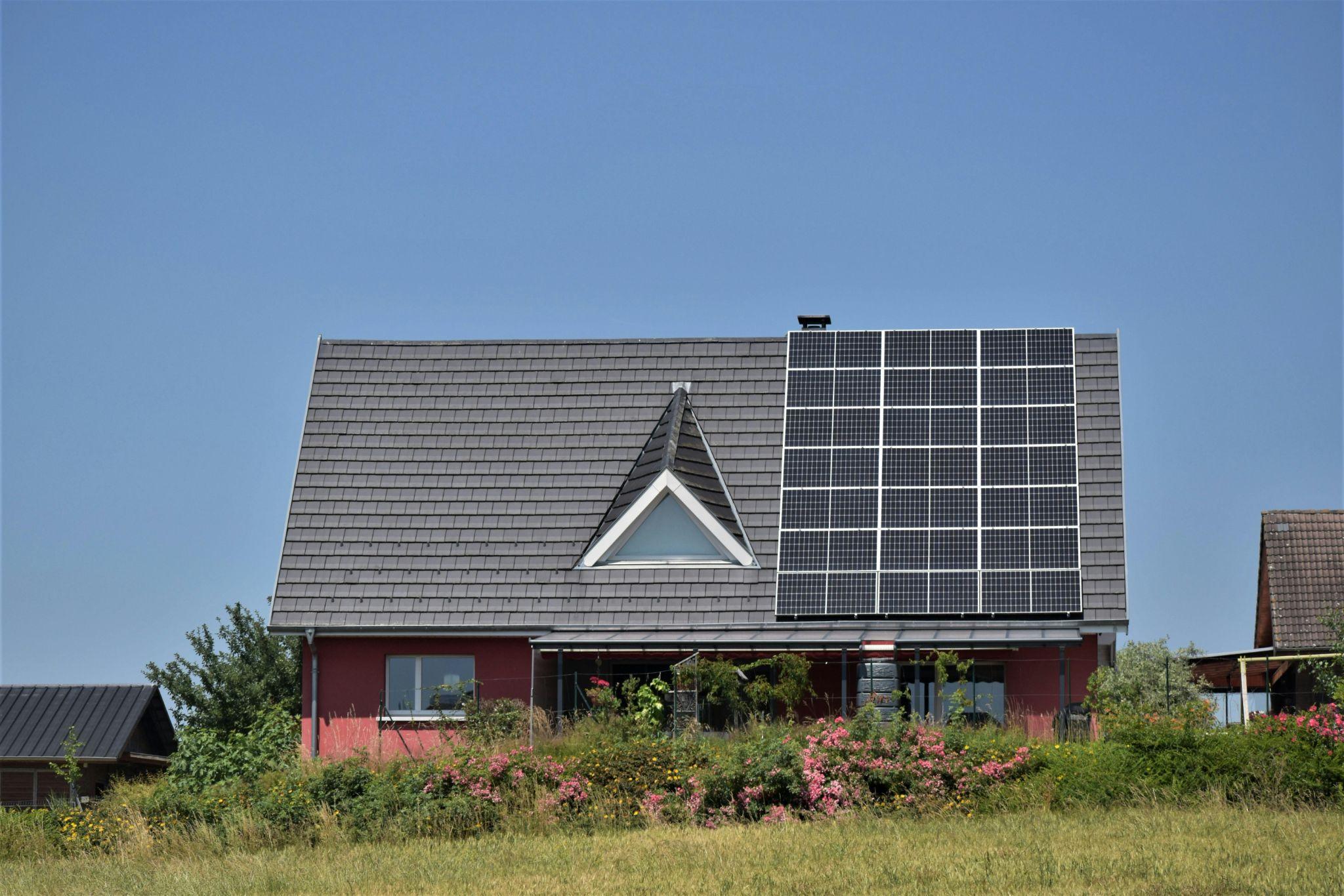Famous Japanese Architects and Architectures
Japanese architecture mixes old ways of building with fresh ideas.
From quiet temples to bold city buildings, the focus stays on space, nature, and how people feel inside a place.
Builders like Tange Kenzo, Ando Tadao, and Maki Fumihiko helped shape this balance.
Their work shows up in well-known places like the Yoyogi National Gymnasium, Benesse House, and the Fuji Television Building.
In this blog, you’ll learn how these designers made their mark and how their ideas still guide building styles in Japan and beyond.
Their work reminds us that good design starts with people and the world around them.
The Influence of Traditional Japanese Architecture
When you look at modern Japanese buildings, you can often see elements from traditional designs.
The clean lines of a Shinto shrine or the peaceful layout of a Buddhist temple still inspire today’s building designers.
Traditional Japanese buildings use natural materials like wood and paper. They focus on simple, open spaces with few decorations. This approach, called minimalism, remains popular in Japanese design.
“The best Japanese architecture creates harmony between the building and its surroundings,” says architectural historian Naomi Pollock.
“This principle connects ancient temple design with today’s most modern structures.”
Prominent Japanese Architects
Japan has produced many famous building designers who have changed the way we think about buildings. Their work combines Japanese traditions with new global ideas.
Tange Kenzo
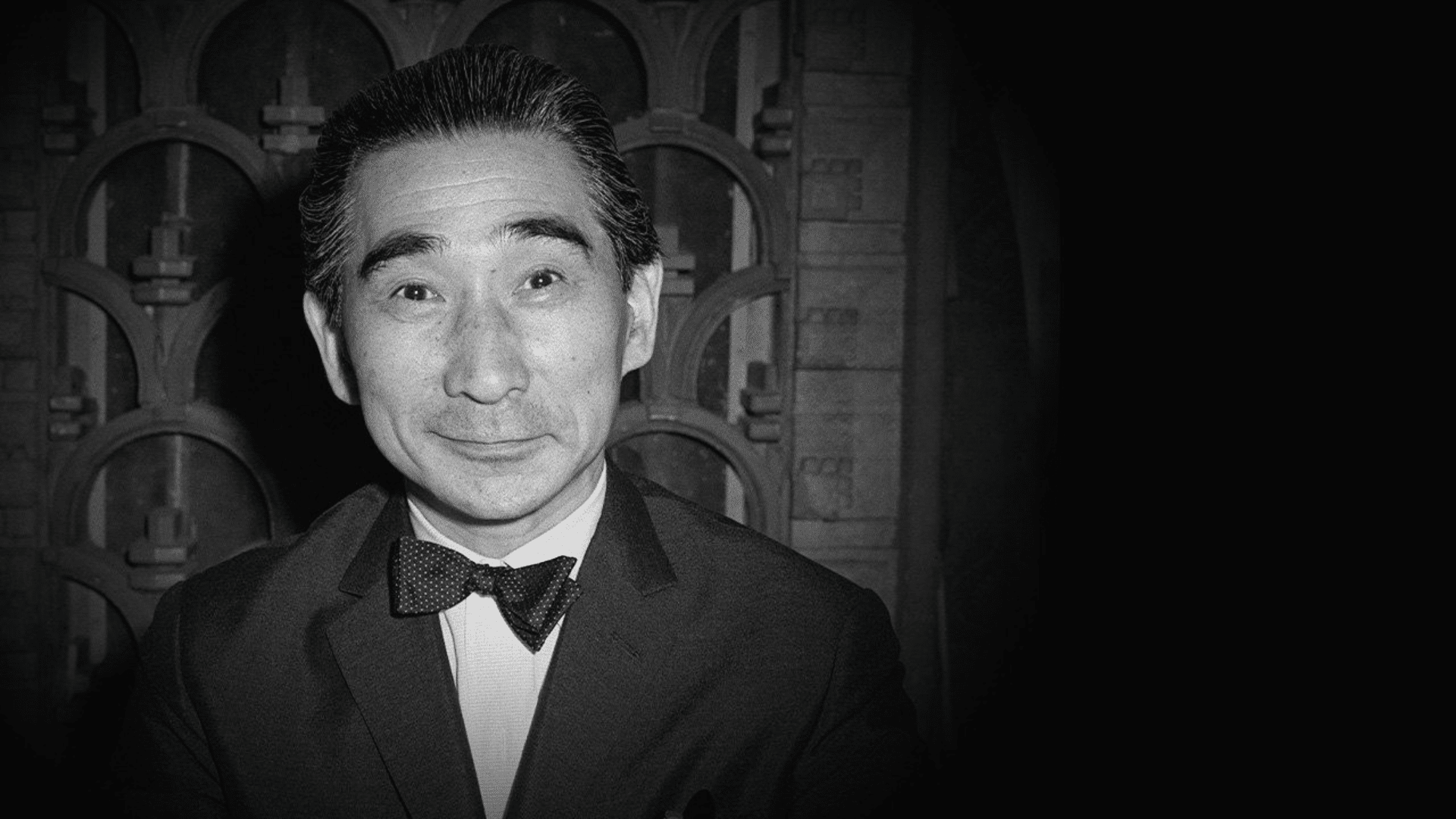
Tange Kenzo (1913-2005) played a key role in rebuilding Japan after World War II. He blended traditional Japanese concepts with modern materials and techniques.
Tange led the Metabolist movement, which viewed buildings as evolving structures.
His design for the 1964 Tokyo Olympics, especially the Yoyogi National Gymnasium, showed how modern architecture could be both functional and visually appealing.
The Tokyo Metropolitan Government Building, with its twin towers, became an iconic part of Tokyo’s skyline.
Tange’s work helped shape Japan’s new identity in the post-war period.
Maki Fumihiko
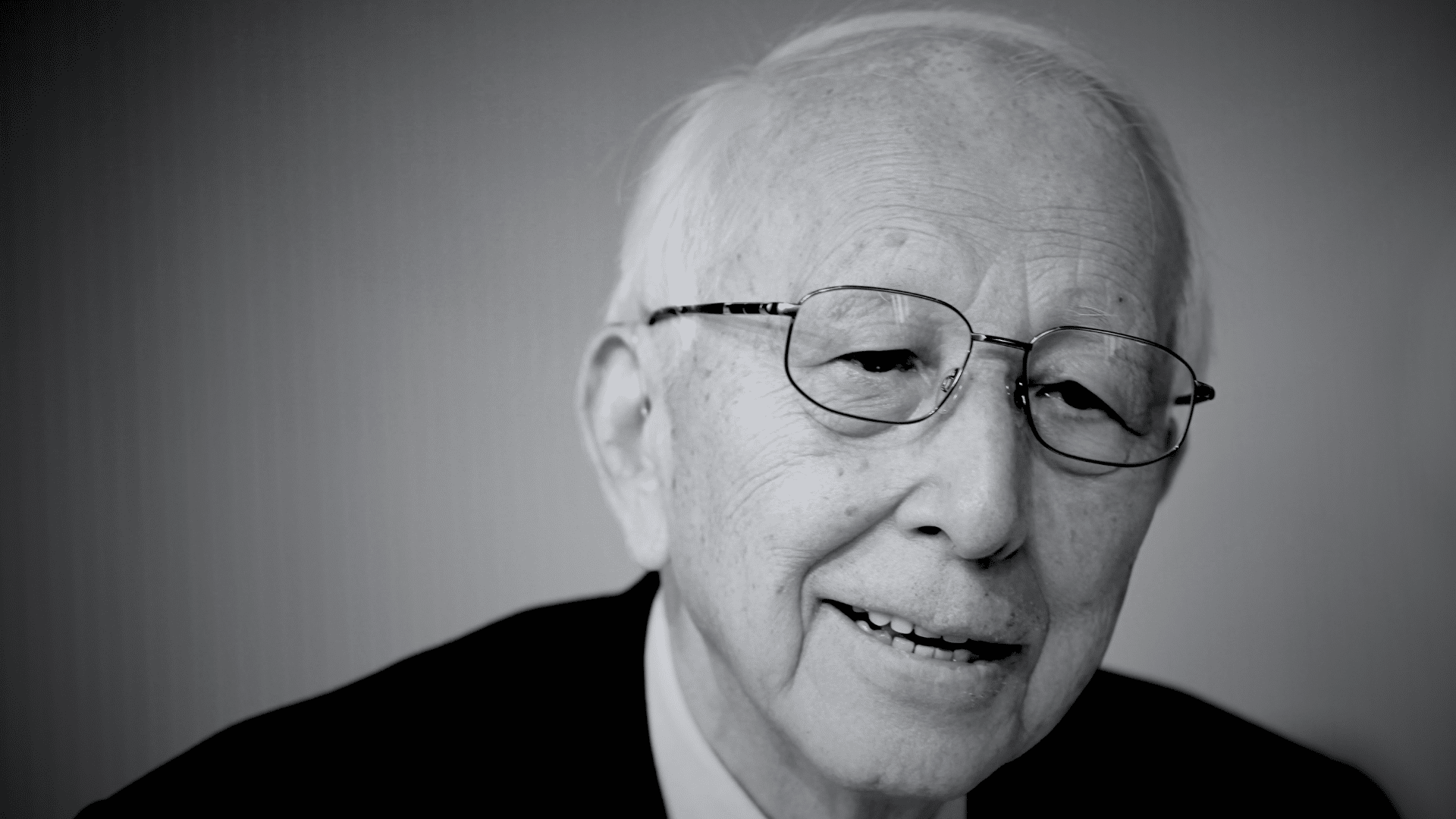
Maki Fumihiko (born 1928) was a key figure in the Metabolist movement. His designs combine simple forms with an emphasis on how people interact with spaces.
Notable works include the Makuhari Messe Convention Center and the Museum of Modern Art in Kyoto, both of which feature large, adaptable spaces.
Maki’s architecture reflects the balance between modern materials and traditional Japanese concepts of space and light.
Ando Tadao

Ando Tadao (born 1941) is renowned for his work with concrete, transforming this often cold material into peaceful and spiritual spaces.
Lacking formal architecture training, Ando developed a unique design approach.
His buildings, like Benesse House on Naoshima Island and the Hyogo Prefectural Art Museum, emphasize simple forms and the use of natural light to create powerful experiences.
Ando has said, “I want to create a space for the spirit,” and his works often incorporate water features and carefully framed views of nature.
Kurokawa Kisho
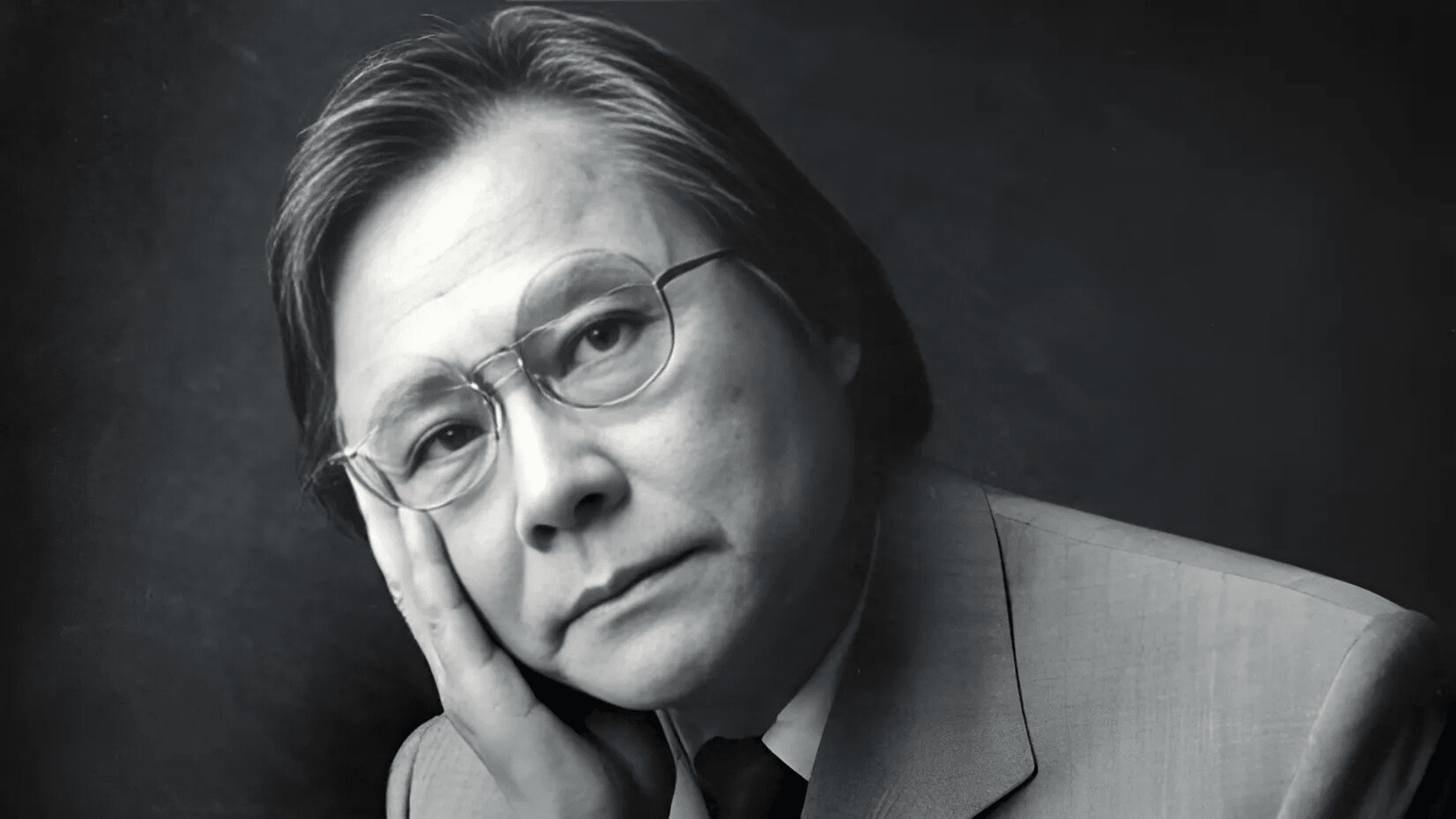
Kurokawa Kisho (1934-2007) focused on symmetry and modular spaces in his designs.
As a key figure in the Metabolist movement, he envisioned buildings that could adapt and grow over time.
His most famous project, the Nakagin Capsule Tower, featured replaceable living pods, showcasing his concept of flexible architecture.
Other significant works include the Fukui Dinosaur Museum and the National Bunraku Theater in Osaka.
Kurokawa aimed to blend Eastern and Western ideas in his designs, striving to balance tradition with innovation.
Ban Shigeru and Other Contemporary Architects
Ban Shigeru (born 1957) is known for using paper tubes in his disaster relief shelters and permanent buildings like Onagawa Station and Oita Prefectural Art Museum.
His work blends sustainability with beauty.
Other key Japanese architects, such as SANAA, Kengo Kuma, and Sou Fujimoto, create designs that merge traditional Japanese elements with global trends, offering unique and resonant spaces.
Key Architectural Movements in Japan
Several important movements have shaped Japanese architecture. These movements reflect both global trends and Japan’s unique cultural perspective.
The Metabolist Movement
The Metabolist movement started in 1960 with a manifesto called Metabolism: The Proposals for New Urbanism.
Its founders, including Tange Kenzo, Kurokawa Kisho, and Kikutake Kiyonori, viewed buildings and cities as living organisms that could evolve.
They designed structures with modular parts that could be replaced or expanded over time.
The movement’s ideas were showcased at Expo ’70 in Osaka, with buildings like Tange’s Festival Plaza and Kurokawa’s Takara Beautilion pavilion illustrating flexibility and bold designs.
The Nakagin Capsule Tower, finished in 1972, is the most famous example of Metabolist architecture, with capsules meant to be replaced every 25 years, though this plan was never realized.
Brutalism in Japanese Architecture
Brutalism, with its use of rough concrete and bold forms, gained ground in Japan, influenced by Swiss-French architect Le Corbusier. His work strongly impacted Japanese architects, shaping their approach to the movement.
Japanese Brutalist buildings often show greater refinement than their Western counterparts.
Architects like Tange Kenzo and Ando Tadao used concrete not just for strength but also to create powerful emotional experiences.
Examples of Japanese Brutalism include Tange’s Kagawa Prefectural Government Hall and Ando’s Church of the Light.
These buildings showcase how concrete can be used to create spaces that feel spiritual and reflective.
Modern Trends in Japanese Architecture
Today’s Japanese designers continue to innovate while respecting traditions. Current trends include:
- Eco-friendly designs that use less energy
- Buildings that can withstand earthquakes
- Tiny houses that make the most of limited space
- Structures that blend into natural surroundings
Japanese building designers like Kengo Kuma pioneer the use of traditional materials in new ways.
Kuma’s National Stadium for the 2020 Tokyo Olympics used wood extensively, connecting modern sports building design with Japanese building traditions.
Iconic Japanese Architectural Landmarks
Certain buildings stand out as perfect examples of Japanese architectural excellence.
These landmarks show the creativity and skill of Japan’s top building designers.
1. Yoyogi National Gymnasium

Built for the 1964 Tokyo Olympics, Tange Kenzo’s Yoyogi National Gymnasium is one of Japan’s most impressive structures.
Its roof, supported by cables like a suspension bridge, gives it an almost weightless appearance.
The gymnasium balances functionality and beauty. It served as a venue for the Olympics but also became a symbol of Japan’s post-war rebuilding.
Visitors often note how modern it still looks, even though it’s over 50 years old. This timeless quality highlights the brilliance of the design.
2. Fuji Television Building

Maki Fumihiko’s Fuji Television Building in Tokyo’s Odaiba district is instantly recognizable due to the large silver sphere suspended between two towers.
Completed in 1996, the building stands as a symbol of Tokyo’s futuristic identity.
The structure houses television studios, offices, and public spaces. Its unique design reflects the creativity inside while making a bold impact on the Tokyo skyline.
The sphere’s viewing platform offers visitors a stunning panoramic view of Tokyo Bay and the surrounding area.
It integrates architecture with the city’s entertainment experience.
3. Benesse House on Naoshima Island

Ando Tadao’s Benesse House combines a museum, hotel, and natural setting into one seamless experience.
Located on Naoshima Island, the building blends perfectly with its environment.
Concrete walls frame stunning views of the sea and sky. Inside, art from renowned artists is displayed in spaces designed to highlight creative work.
Benesse House illustrates how architecture can enhance both art and nature. The building complements its surroundings, creating a harmonious experience for visitors.
4. The National Bunraku Theater
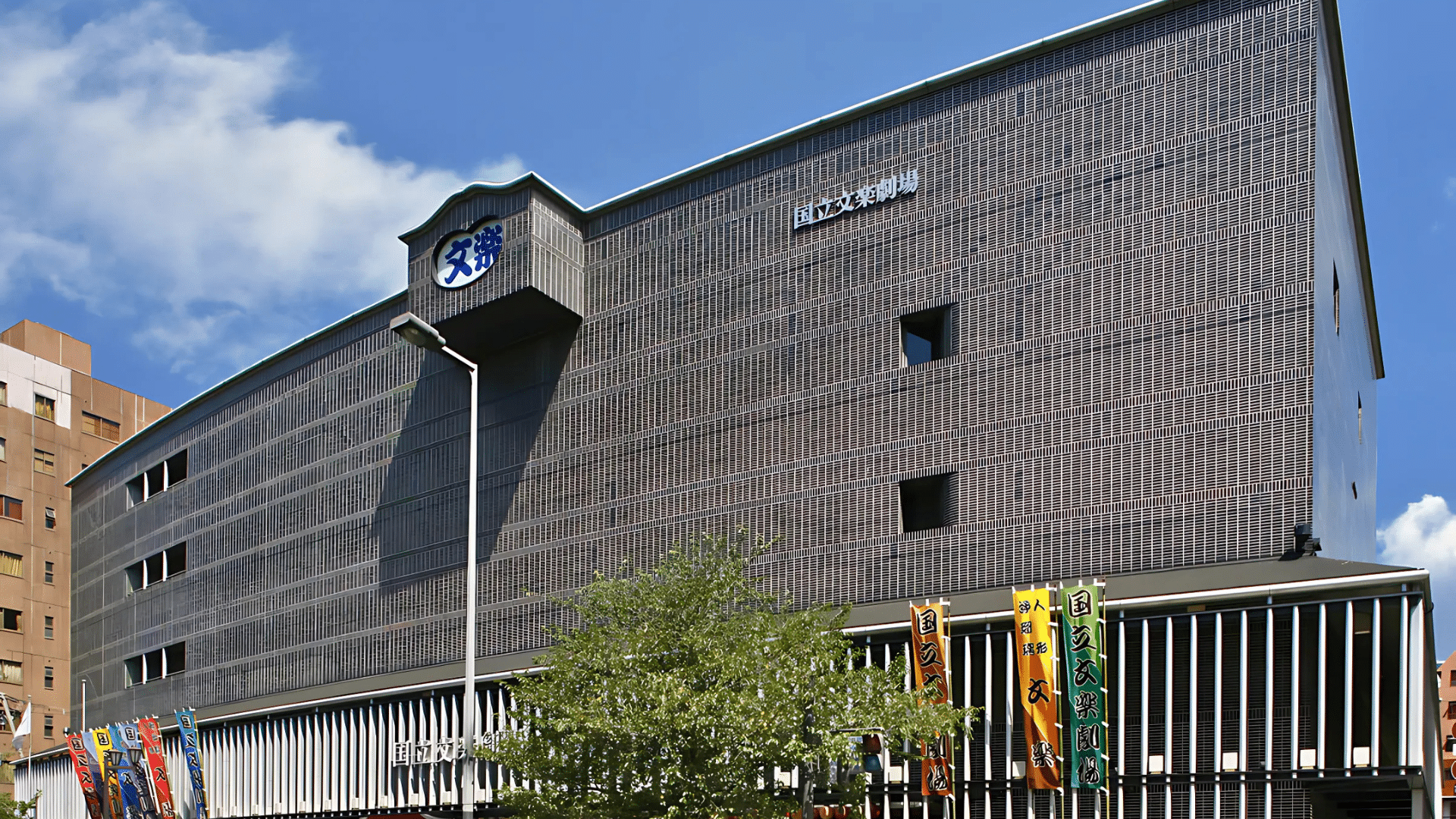
Kurokawa Kisho’s National Bunraku Theater in Osaka honors Japan’s traditional puppet theater while featuring a modern design.
The building blends traditional elements with contemporary features.
This approach of balancing the past and future is common in many of Japan’s finest architectural works. The design preserves cultural heritage while adapting it to the present.
The Materials and Designs of Japanese Architecture
Japanese building designers have developed distinctive approaches to materials and design. Their choices reflect both practical concerns and cultural values.
Concrete and Steel in Japanese Architecture
Concrete and steel, though not traditional Japanese materials, have been embraced by designers like Ando Tadao.
Ando uses concrete to create smooth surfaces that beautifully catch light.
Japanese concrete buildings are known for their high craftsmanship, with formwork that resembles fine furniture.
Steel allows for dramatic shapes, seen in buildings like Tange’s Yoyogi Gymnasium and SANAA’s 21st Century Museum of Contemporary Art.
Combining Nature with Architecture
A key feature of Japanese architecture is its harmony with nature. Rather than dominating the landscape, buildings are designed to blend with their surroundings.
Traditional elements such as engawa (covered porches), shoji screens that filter light, and gardens that are integrated into the architectural layout, reflect this connection.
Natural views are carefully framed to bring the outside in.
Contemporary architects continue this tradition, incorporating new technologies like green roofs, natural ventilation systems, and designs that preserve existing trees. This seamless integration of nature and architecture remains a hallmark of Japan’s built environment.
Japanese Designers’ Global Impact
Japanese building designers now work around the world, bringing their distinctive approach to projects in Europe, America, and Asia.
SANAA’s New Museum in New York, Ando’s Modern Art Museum of Fort Worth, and Ban’s Centre Pompidou-Metz in France show the global reach of Japanese design.
Foreign building designers also come to Japan to learn and work, creating a two-way exchange of ideas. This cross-cultural dialogue helps keep Japanese architecture fresh and relevant.
The Future of Japanese Architecture
Looking ahead, Japanese architecture continues to evolve while maintaining its core values of craftsmanship, connection to nature, and spatial poetry.
Sustainability and Innovation
Environmental concerns are a major driving force behind innovation in Japanese architecture.
Designers focus on creating buildings that consume less energy, produce minimal waste, and have longer lifespans.
Key developments in Japan include advanced earthquake-resistant systems, ultra-efficient heating and cooling, self-sustaining buildings, and materials designed to reduce carbon footprints.
These innovations continue Japan’s tradition of working harmoniously with natural forces, ensuring that modern designs remain in balance with the environment.
Contemporary Japanese Designers to Watch
Younger designers continuing the evolution of Japanese architecture include Junya Ishigami, whose buildings appear to float in space, and Akihisa Hirata, who creates organic architectural forms.
Supposed Design Office is known for reimagining traditional spaces in modern homes, while Toyo Ito blends digital design with natural influences.
These designers and others are ensuring that Japanese architecture remains innovative and influential.
Conclusion
Japanese architecture isn’t just about how things look—it’s about how spaces feel and how they work with nature.
From quiet temples to clean-lined city buildings, the mix of old and new shows us that it’s possible to build with care and meaning.
Designers like Tange Kenzo and Ando Tadao have shown that it’s okay to slow down and consider how people live in a space—not just how to fill it.
As cities grow and weather changes, we can use these ideas to build more thoughtfully, more lasting, and more in tune with the world around us.

